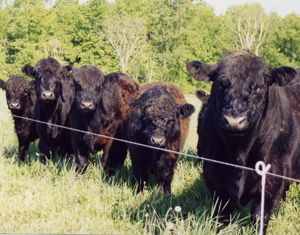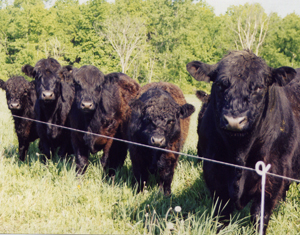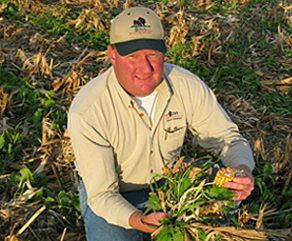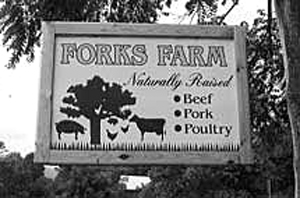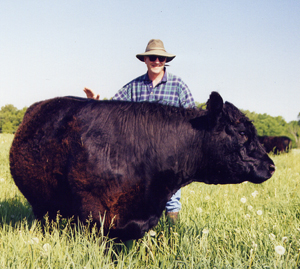By Jim Munsch, Coon Valley, Wisconsin — At a grazing meeting last month, I heard that fresh, grass-fed beef from Uruguay and other countries had shown up in Upper Midwest specialty food stores catering to the health conscious. The question that was being bantered about: “Why can’t that beef be produced in the U.S.?”
Certainly grass-fed beef can, and is, produced in the U.S. But the question today centers more on the markets in which U.S. graziers can successfully compete. If grass-fed beef is coming from South America and Australia, and if it is being sold fresh at prices lower than what we can offer while still making a profit, do U.S. grass-fed beef producers have a future? Continue reading “Grass-fed: with imports coming, it’s time to go local”


